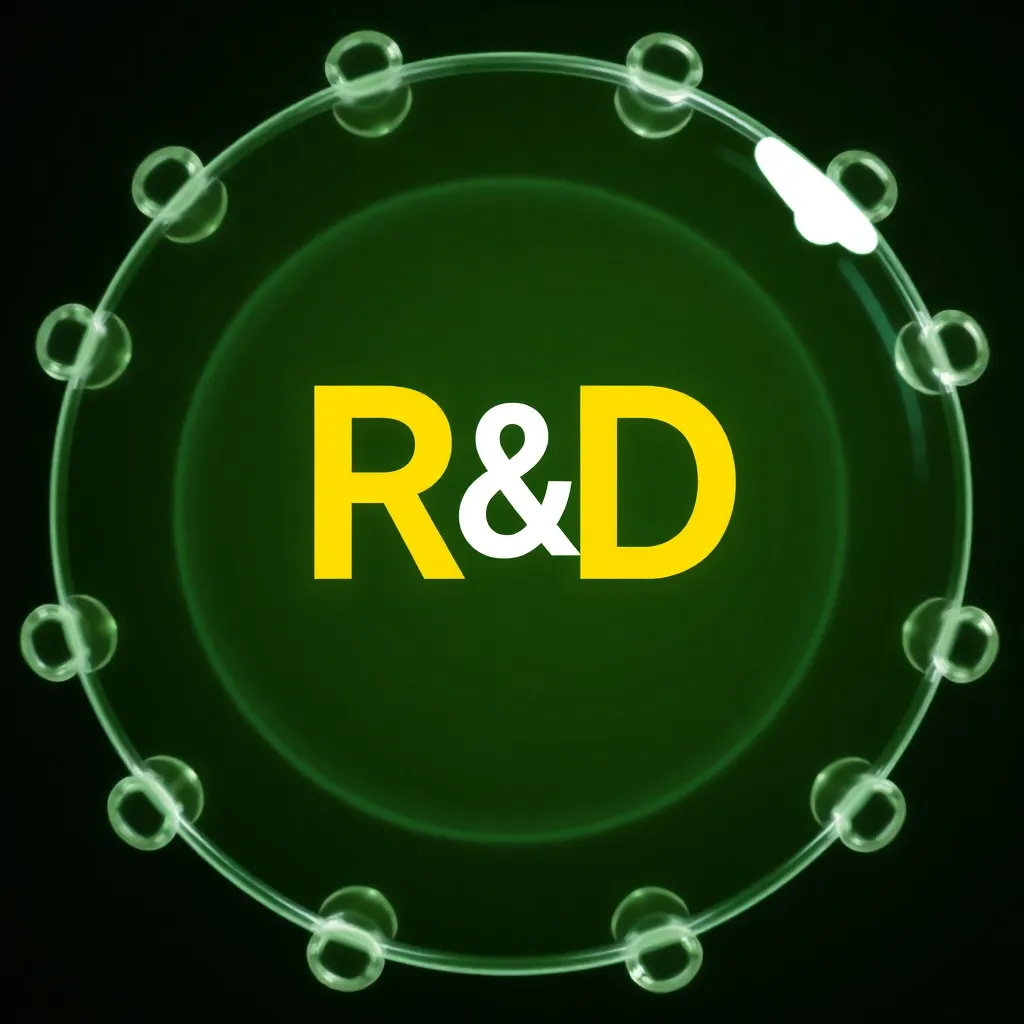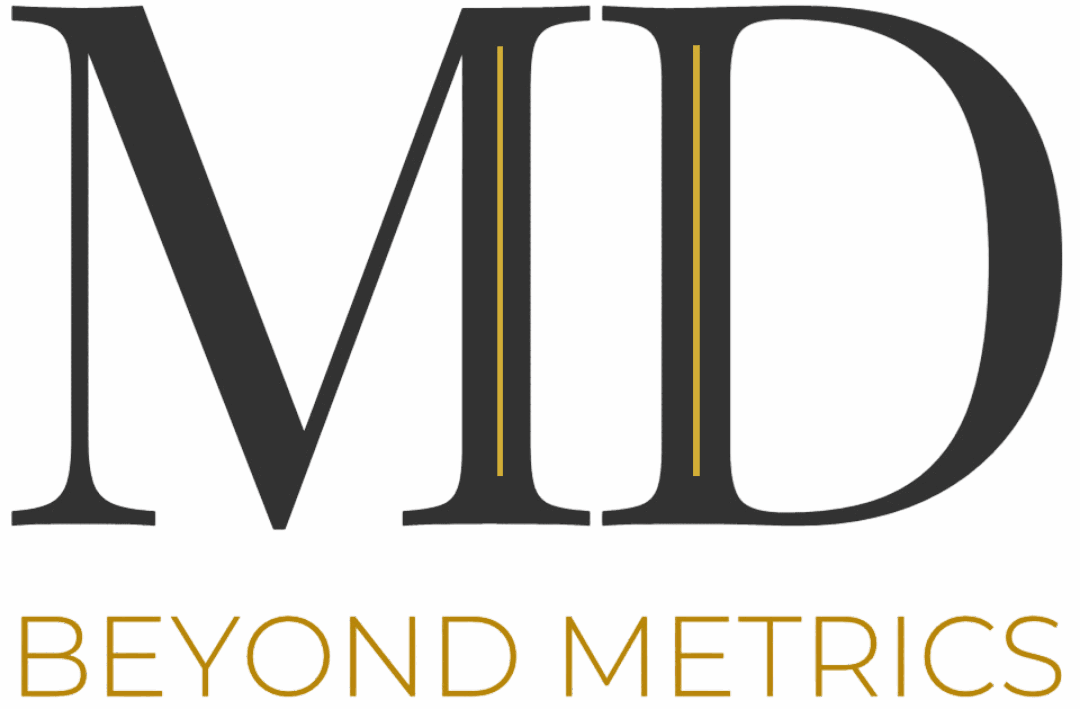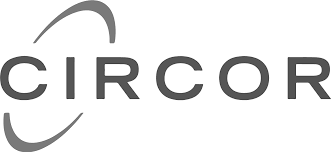In today’s rapidly evolving technological landscape, research and development (R&D) plays a crucial role in driving innovation and maintaining competitive advantage. To effectively measure the success of R&D initiatives, organizations must establish key performance indicators (KPIs) that align with their strategic goals.
R&D KPIs

This article explores essential KPIs that can unlock innovation within R&D departments.
1. Research Output
Research output is a fundamental KPI that quantifies the volume of research activities. This can include the number of patents filed, publications produced, and prototypes developed. By tracking research output, organizations can assess the productivity of their R&D teams and identify areas for improvement.
2. Time to Market
Time to market measures the duration it takes for a product or innovation to move from the ideation phase to market launch. This KPI is critical as it reflects the efficiency of the R&D process. Shortening time to market can lead to increased revenue and market share, making it a vital metric for R&D success.
3. Return on Investment (ROI)
ROI is a key financial metric that evaluates the profitability of R&D investments. By comparing the financial returns generated from new products or innovations against the costs incurred during the R&D process, organizations can determine the effectiveness of their R&D strategies and make informed decisions about future investments.
4. Innovation Pipeline Strength
The strength of the innovation pipeline refers to the number and quality of projects in the development stage. A robust pipeline indicates a healthy flow of ideas and potential products, which is essential for long-term success. Organizations should regularly assess their innovation pipeline to ensure a steady stream of new offerings.
5. Customer Satisfaction and Feedback
Customer satisfaction is a critical KPI that reflects how well R&D efforts align with market needs. Gathering feedback from customers on new products can provide valuable insights into their preferences and expectations. This information can guide future R&D initiatives and enhance product development processes.
6. Collaboration and Partnerships
Collaboration with external partners, such as universities, research institutions, and other companies, can significantly enhance R&D capabilities. Measuring the number and impact of these collaborations can provide insights into the effectiveness of partnerships in driving innovation and expanding research horizons.
Establishing and monitoring essential KPIs for R&D is vital for unlocking innovation within organizations. By focusing on research output, time to market, ROI, innovation pipeline strength, customer satisfaction, and collaboration, companies can create a robust framework for measuring and enhancing their R&D efforts. As the landscape of innovation continues to evolve, organizations that leverage these KPIs will be better positioned to thrive in a competitive marketplace.
How AI Shapes R&D Driven Initiatives and Relevant KPIs
In today’s fast-paced technological landscape, artificial intelligence (AI) is revolutionizing research and development (R&D) initiatives across various industries. By leveraging AI, organizations can enhance their innovation processes, streamline operations, and ultimately improve their time to market and innovation pipeline.
AI technologies, such as machine learning and data analytics, enable R&D teams to analyze vast amounts of data quickly and accurately. This capability allows researchers to identify trends, predict outcomes, and make informed decisions that drive innovation. AI can automate repetitive tasks, freeing up valuable time for researchers to focus on creative problem-solving and experimentation.
As AI continues to evolve, its influence on R&D initiatives will only grow stronger. By focusing on relevant KPIs such as time to market and innovation pipeline, organizations can harness the power of AI to drive successful R&D efforts. Embracing AI not only enhances operational efficiency but also fosters a culture of innovation that is essential for long-term success in today’s competitive landscape.
The Role of AI in R&D
AI technologies, such as machine learning and data analytics, enable R&D teams to analyze vast amounts of data quickly and accurately. This capability allows researchers to identify trends, predict outcomes, and make informed decisions that drive innovation. With the ability to process information at unprecedented speeds, AI empowers researchers to uncover insights that may have gone unnoticed in traditional processes.

One of the most significant advantages of AI in R&D is its capability to automate repetitive tasks. By streamlining activities such as data entry, preliminary data analysis, and report generation, AI frees up valuable time for researchers. This time can then be redirected toward creative problem-solving, experimentation, and the exploration of new ideas. The resulting shift in focus not only boosts individual productivity but also enhances the overall innovative capacity of R&D teams.
As AI continues to evolve, its influence on R&D initiatives will only grow stronger. Technologies such as natural language processing and advanced analytics are becoming integral tools for researchers, facilitating a deeper understanding of market dynamics and consumer needs. By leveraging these technologies, organizations can gain a competitive edge, ensuring that their R&D initiatives are both relevant and impactful.
To maximize the potential of AI in R&D, organizations should focus on relevant KPIs, such as time to market and innovation pipeline. By doing so, they can measure the effectiveness of AI integration and make data-driven adjustments to their strategies. This commitment to leveraging AI not only enhances operational efficiency but also fosters a culture of innovation that is essential for long-term success in today’s competitive landscape.
In summary, embracing AI in R&D is not merely about adopting new technologies; it is about transforming the way organizations think, innovate, and compete. By integrating AI into their processes, companies can unlock new possibilities for research and development, ultimately paving the way for breakthrough innovations and sustained growth.






























